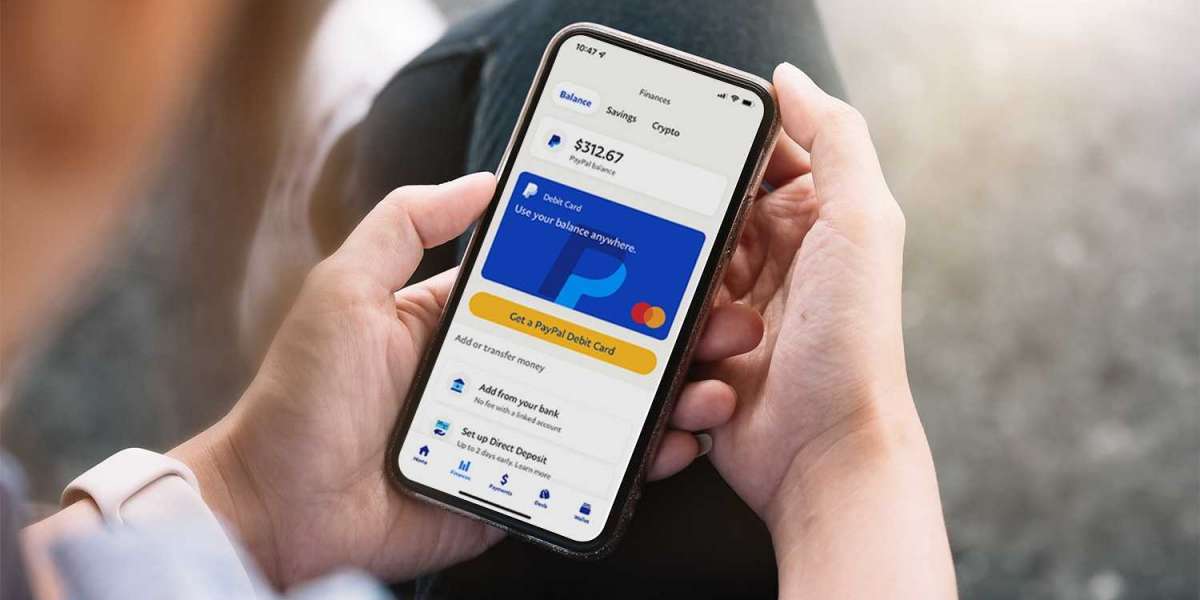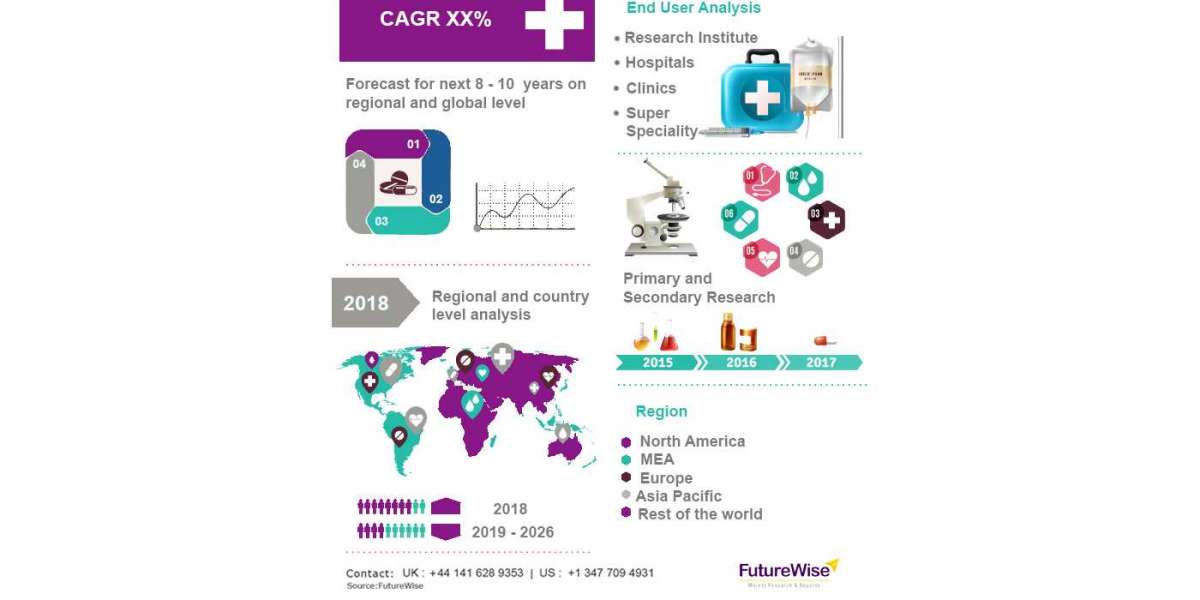Mobile development has evolved rapidly over the past decade, driven by advancements in technology and changing user expectations. As we look ahead, several emerging trends are set to reshape the landscape of mobile app development. This article will explore these trends in detail, offering insights into what businesses and developers should anticipate in the near future.
1. 5G Technology
Overview
5G technology is the fifth generation of mobile network technology, promising faster speeds, lower latency, and improved connectivity. It represents a significant leap from 4G, enabling new possibilities for mobile applications.
Impact on Mobile Development
Enhanced Performance: 5G offers speeds up to 100 times faster than 4G, which can lead to more responsive apps and smoother experiences for users. This is particularly beneficial for applications that require high data transfer rates, such as augmented reality (AR) and virtual reality (VR) apps.
Real-time Applications: With lower latency, 5G enables real-time interactions, enhancing the performance of apps that rely on instant data processing, such as gaming and live streaming applications.
Increased Device Connectivity: 5G supports a massive increase in the number of connected devices, facilitating the growth of the Internet of Things (IoT) and smart devices, which can be integrated into mobile apps for more seamless user experiences.
2. Artificial Intelligence and Machine Learning
Overview
Artificial Intelligence (AI) and Machine Learning (ML) have become integral parts of mobile development. These technologies enable apps to learn from user behavior, make predictions, and provide personalized experiences.
Impact on Mobile Development
Personalization: AI and ML algorithms can analyze user data to deliver personalized recommendations, content, and experiences. For instance, streaming services use AI to suggest movies and TV shows based on viewing history.
Voice and Image Recognition: AI-powered voice assistants and image recognition technologies are enhancing mobile apps. Applications like Google Photos and Siri use these technologies to offer better search and interaction capabilities.
Predictive Analytics: AI can predict user behavior and trends, allowing developers to optimize app features and marketing strategies accordingly. This helps in improving user engagement and retention.
3. Augmented Reality (AR) and Virtual Reality (VR)
Overview
AR and VR technologies are transforming how users interact with digital content. While VR immerses users in a completely virtual environment, AR overlays digital information onto the real world.
Impact on Mobile Development
Immersive Experiences: AR and VR can create immersive experiences for users. For example, AR apps like Pokémon GO offer interactive gaming experiences, while VR apps provide virtual tours and simulations.
Enhanced User Engagement: By integrating AR and VR, apps can offer innovative ways to engage users, whether through interactive marketing campaigns, virtual try-ons, or immersive educational content.
Development Challenges: While AR and VR offer exciting possibilities, they also present challenges, such as ensuring compatibility with a wide range of devices and optimizing performance to avoid latency issues.
4. Internet of Things (IoT)
Overview
The Internet of Things (IoT) refers to the network of interconnected devices that communicate and share data. IoT is expanding beyond smart homes to include a variety of applications across different industries.
Impact on Mobile Development
Seamless Integration: Mobile apps are increasingly being developed to integrate with IoT devices, allowing users to control smart devices from their smartphones. For example, smart home apps enable users to manage lighting, security systems, and appliances remotely.
Data Management: IoT devices generate vast amounts of data, which mobile apps can utilize to provide insights and enhance user experiences. Apps can analyze this data to offer actionable recommendations and improve device functionality.
Security Concerns: With the rise of IoT, ensuring data security and privacy becomes crucial. Developers need to implement robust security measures to protect user data and prevent unauthorized access.
5. Cross-Platform Development
Overview
Cross-platform development allows developers to build applications that run on multiple operating systems from a single codebase. Popular frameworks include Flutter, React Native, and Xamarin.
Impact on Mobile Development
Cost Efficiency: Cross-platform development reduces the need for separate codebases for iOS and Android, leading to lower development and maintenance costs.
Faster Time-to-Market: By reusing code, developers can expedite the development process, allowing apps to reach the market faster and respond more quickly to user feedback.
Performance Considerations: While cross-platform frameworks offer many benefits, they can sometimes face performance issues compared to native apps. However, ongoing improvements in these frameworks are addressing these concerns.
6. Blockchain Technology
Overview
Blockchain technology, known for its role in cryptocurrency, offers a decentralized and secure way to handle data transactions. It is increasingly being explored for various applications beyond digital currencies.
Impact on Mobile Development
Enhanced Security: Blockchain provides a secure way to handle transactions and data storage, which can be beneficial for apps that require high levels of security, such as financial and healthcare apps.
Transparent Transactions: Blockchain's transparency features can be used to create immutable records of transactions and activities, enhancing trust and accountability in applications.
Smart Contracts: Mobile apps can leverage smart contracts, which are self-executing contracts with the terms of the agreement directly written into code, to automate and enforce agreements without intermediaries.
7. Wearable Technology
Overview
Wearable technology includes devices such as smartwatches, fitness trackers, and smart glasses that are worn on the body and offer various functionalities.
Impact on Mobile Development
Health and Fitness Apps: Wearable devices are commonly used to track health and fitness metrics. Mobile apps can integrate with these devices to provide users with detailed health insights and personalized recommendations.
Enhanced User Interaction: Wearables can offer new ways for users to interact with apps, such as through notifications, voice commands, and gesture controls. This can lead to more engaging and intuitive user experiences.
Data Integration: Integrating data from wearables into mobile apps allows for a more comprehensive understanding of user behavior and health metrics, enabling developers to create more tailored and effective applications.
8. Edge Computing
Overview
Edge computing involves processing data closer to where it is generated rather than relying on centralized cloud servers. This approach reduces latency and improves performance.
Impact on Mobile Development
Reduced Latency: By processing data at the edge of the network, apps can offer faster response times and more efficient performance, which is crucial for real-time applications like gaming and streaming.
Improved Data Privacy: Edge computing can enhance data privacy by keeping sensitive data on local devices rather than transmitting it to centralized servers, reducing the risk of data breaches.
Enhanced Reliability: Edge computing can improve the reliability of mobile apps by reducing dependence on internet connectivity and providing offline capabilities.
9. Voice User Interface (VUI)
Overview
Voice User Interface (VUI) allows users to interact with applications using voice commands. It is becoming an increasingly popular method of interaction due to advancements in natural language processing (NLP) and voice recognition technology.
Impact on Mobile Development
Hands-Free Interaction: VUI enables hands-free interaction, which can enhance accessibility and convenience for users. This is particularly useful for applications in environments where manual input is impractical.
Improved Accessibility: Voice interfaces can make apps more accessible to users with disabilities, providing an alternative method of interaction for those who may have difficulty using touchscreens or keyboards.
Integration with Virtual Assistants: Mobile apps can integrate with virtual assistants like Siri, Google Assistant, and Alexa, allowing users to perform tasks and access information using voice commands.
10. Progressive Web Apps (PWAs)
Overview
Progressive Web Apps (PWAs) are web applications that offer a native app-like experience while being accessible through a web browser. They combine the best features of web and mobile apps.
Impact on Mobile Development
Offline Capabilities: PWAs can work offline or in low-network conditions, providing users with a more reliable experience compared to traditional web apps.
Cross-Platform Compatibility: PWAs are designed to work across different devices and platforms, reducing the need for separate native apps for various operating systems.
Improved Performance: PWAs utilize modern web technologies to offer fast loading times and smooth interactions, enhancing the overall user experience.
Conclusion
The hire mobile developer landscape is continuously evolving, with new trends and technologies shaping the future of app development. By staying informed about emerging trends such as 5G, AI and ML, AR and VR, IoT, cross-platform development, blockchain, wearable technology, edge computing, VUI, and PWAs, developers and businesses can better prepare for the opportunities and challenges that lie ahead. Embracing these trends will not only help in creating innovative and competitive mobile applications but also in delivering exceptional user experiences in an increasingly connected world.









